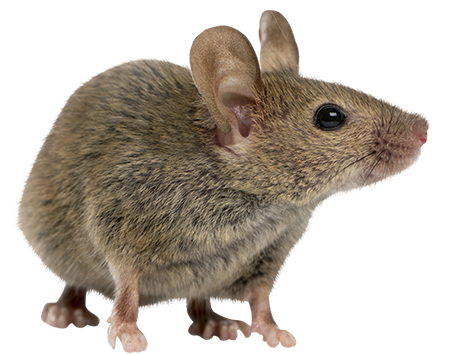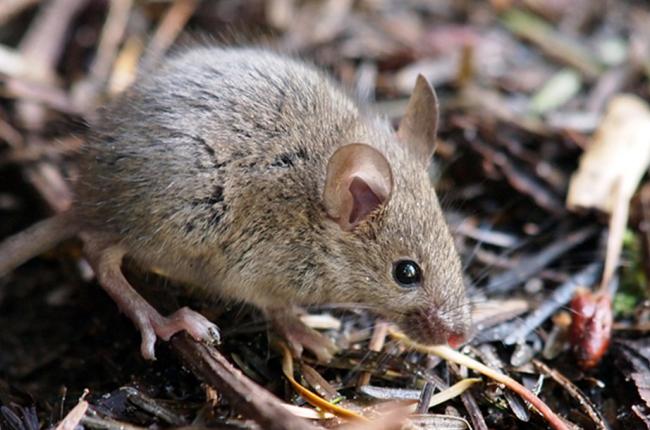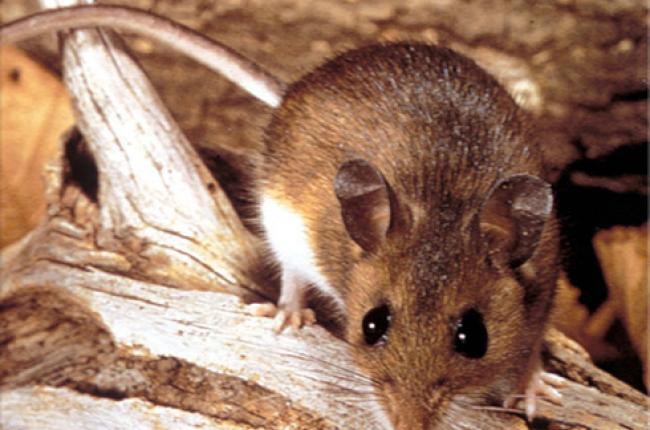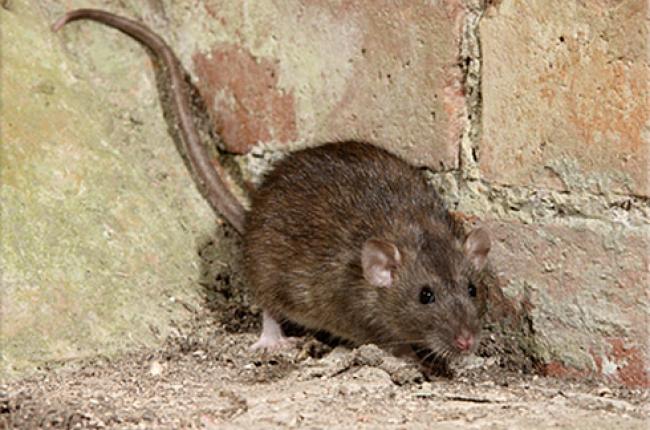Solving this Common Pest Problem Starts and Stops with JP Pest Services.
Rodent Control for Homeowners
If you live in New England, the chances of having a rodent issue is highly likely. Mice and rats have become exceptionally common and they are notorious for seeking shelter inside homes. Rodents go beyond just being a nuisance pest issue; they pose serious health and safety risks. They are also capable of significant home damages resulting in value depreciation. Both rural and urban settings throughout New England have experienced an increase in rodent populations over the last few years and this is why rodents have become one of the most frequent service calls we receive.
Mice and rats alike are particularly difficult pests due to rapid reproduction and their uncanny ability to gain access to almost any structure.
A single rodent sighting is typically an indicator of a much larger population within a structure.
Request a Quote
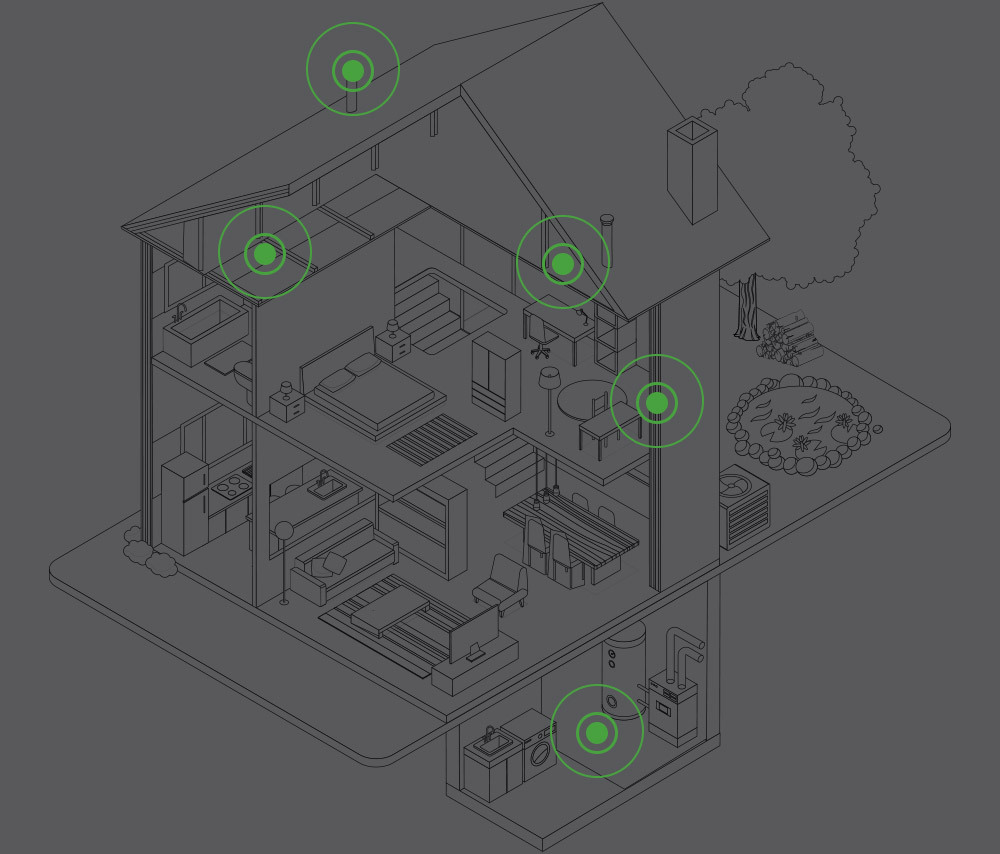
Rodent Hot Spots
Rodents are content hiding just about anywhere but residential homes are especially attractive since they offer abundant food, water, and shelter. Common entry points are small holes or gaps in roofing, rafters, gables, eaves, around windows, around doors, around the foundation, attic and crawl space vents, under doors, around holes for electrical, plumbing, cable, and gas lines. Once rodents are inside a home, common locations for activity are:
- Attics
- Wall voids
- Crawl spaces
- Basements
- Air ducts or venting systems
- Insulation
Dangers in a Home
Rodents are capable of carrying, and transmitting disease if they come in contact with humans. The most likely scenario however is humans coming into contact with rodent droppings (often the first clue a discovered with a rodent issue). Rodent droppings contain allergens and bacteria such as salmonella as well as a less common but serious disease called hantavirus.
It’s estimated that around 25% of all house fires with unknown causes are the result of rodents. They are notorious chewers of everything but electrical wiring is a serious problem because rodents frequently strip the protective insulation from wiring which creates a direct fire hazard.
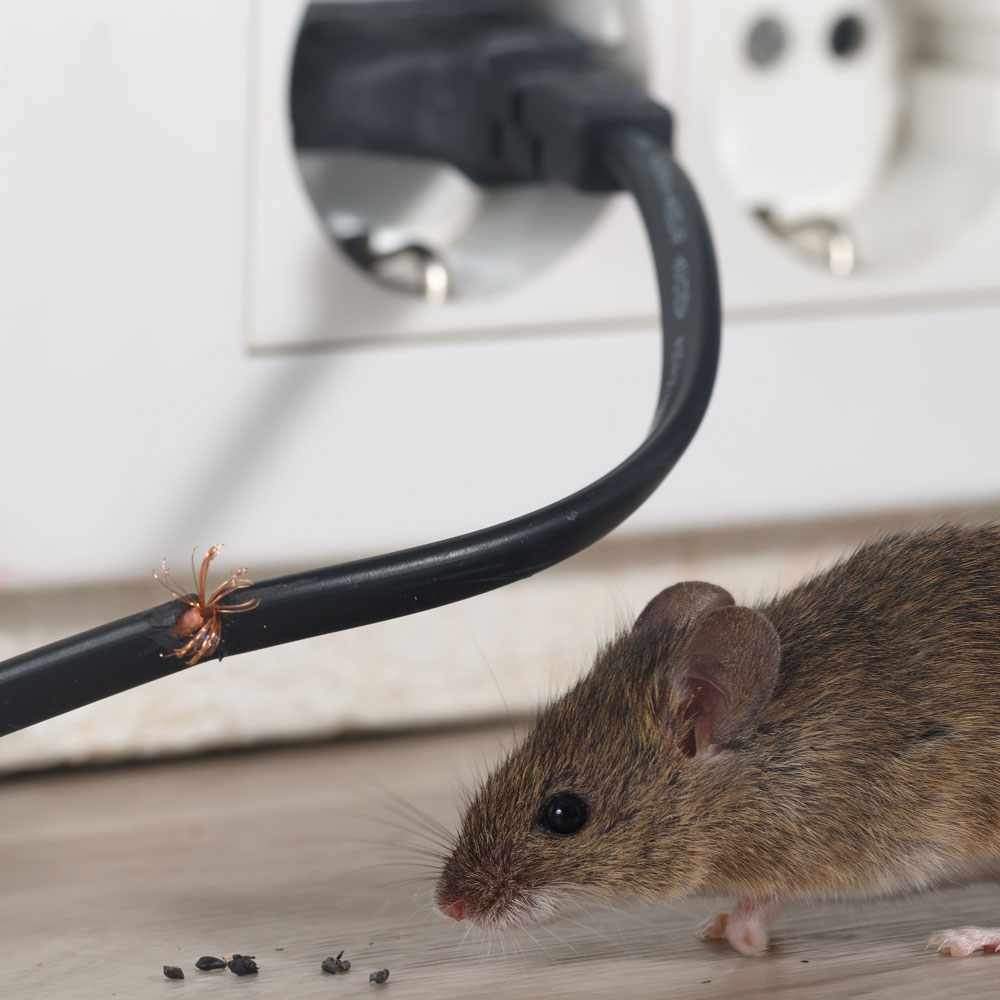
The Rodent Control Experts Since 1925
We don’t take our job lightly. Our service professionals get rodents out, and keep them out. Control starts with assessment - determining current conditions that are causing or contributing to a rodent issue sets the groundwork for our service professionals to craft a control plan that works, period.
Our Rodent Control Process
Identifying the issue and confirming the source of entry is key to effectively sealing off the rodents’ points of access into and out of the home. Using research-based methods, our team is then able to develop and deliver a comprehensive rodent control program, designed to address the immediate problem and prevent future issues.
- 1. Assess
- 2. Control
- 3. Prevent
- 4. Document
- 5. Monitor & Follow-up
Don't Let Rodents Get Comfortable in Your Home
- Call (800) 222-2908
- Get a Free Estimate
- Chat with a Team Member

